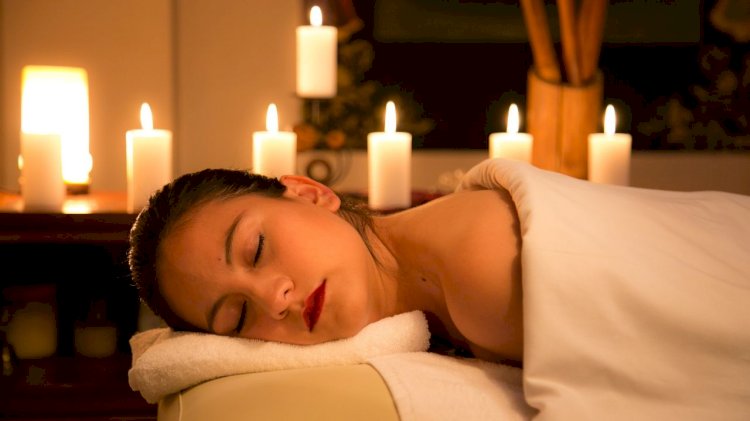What Can Be Found In Spas: The Risks And Benefits – Part 1
Are there any health risks you should know when using spa treatments? Do they deliver their promises? We investigate the facts about spa treatments.

Why Are Spa Treatments Inviting?
Hard to miss and enticing are the ads. All of whom ostensibly got that way by living the spa life, when it comes to a serene atmosphere featuring relaxed and beautiful people.
When it comes to being the form of the healthy relaxation that has become so popular that in a 2006 survey by the International Spa Association it was reported one-quarter of all American adults that some 57 million folks along with 4 million teens have had at least one visit to a spa in fact from day spas to weekend spas, to weeklong spa getaways.
The reasons that are cited include
Simply feeling better about oneself, stress reduction, and relief, as well as soothing sore joints and muscles. The survey findings don’t surprise them as experts say.
NYU professor of psychiatry, Virginia Sadock, MD says that they carry that feeling of being cared for with them for a period of time and very often that can help them cope better with stress, as going to a spa is a way of getting taken care of that which is psychologically and culturally acceptable.
A key element in helping us relax and feel better, moreover is what she says most spa treatments involve being touched.
As Sadock says, for the wellbeing physical contact is necessary and even if the touching is from a stranger, and in case the stranger is a professional there to pamper you, even that touch will have a beneficial effect.
These benefits can translate into better health as at least some studies show. The frequency of the spa use was thereafter linked to better physical and mental health also including better quality sleep and fewer sick days in one study of more than 3,300 Japanese government workers. Spa therapy reduced both absenteeism from work and hospitalisations in a similar study on German data conducted by researchers from Florida State University and George Mason University.
How do we find if all spa treatments are equal? Proving unhealthy, are there any hidden dangers? Along the route to better health, we have discovered some surprising truths.
Spas: Are They Safe?
No one has forgotten the headlines were nearly all were wiped out of the cruise ship industry as there were hundreds stricken with Legionnaires' disease that comes as potentially deadly pneumonia traced to the heated spa whirlpool bath located aboard a luxury cruise ship.
This comes, therefore, indicating that those communal pools, saunas, and other water-related spa treatments hold thereby not only the potential to transmit this germ but a host of equally threatening organisms since that time where medical literature that has been teeming with studies on similar situations.
Very seldom do they change the water in many spa treatments that involve water including hot whirlpool baths. In no way does this eradicate organisms completely even though they toss in some chlorine to keep bacteria counts down according to the director of microbiology at NYU Medical Centre and author of The Secret Life of Germs, Philip Tierno Jr., Ph.D.
Others like those with a biofilm which is a kind of molecular adhesive binding several organisms together including those which cause Legionnaires disease won’t be affected while he says some germs will succumb to chlorine.
As Tierno says, when you need 1,500 times the amount normally used to kill it, it is possible that you would kill people before you would kill the organism.
Many spas can put you at risk as this says according to him.
Furthermore, it's not just Legionnaire’s disease about which you should be concerned, and also it's not just heated pools and warm baths that are the problem according to him. Thriving in these conditions are other bacteria.
Spas are heated and steamy as these organisms love hot wet environments and there is a possibility that you inhale vaporised water in this atmosphere with the potential of inhaling whatever organisms are present as he continues.
Saying she is most concerned about the risk to spa users who are seeking relief for skin problems such as dermatitis or psoriasis is dermatologist Ellen Marmur, MD. From surface areas like tables, baths, and even hot rocks or other items placed on the surface of the body during treatment, she says any break in the skin can increase the risk of germ transmission.
As Marmur says, picking up an organism is easier as even a bad sunburn can leave the skin compromised. Actually, increasing risks further by creating microscopic tears in the skin that acts as an invitation for germs to enter the body, she reminds us that some spa treatments are such as full-body exfoliation.
Moving on Marmur says, the risk of disease transmission is even greater when spa attendants don’t wear gloves and many of them don’t.
To Be Continued …
The discussion continues to the second part here. Read along for the complete insight.
What's Your Reaction?





















